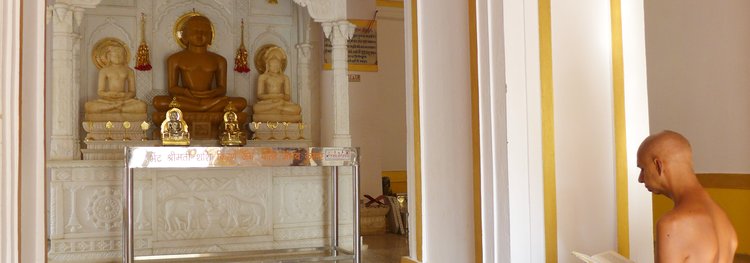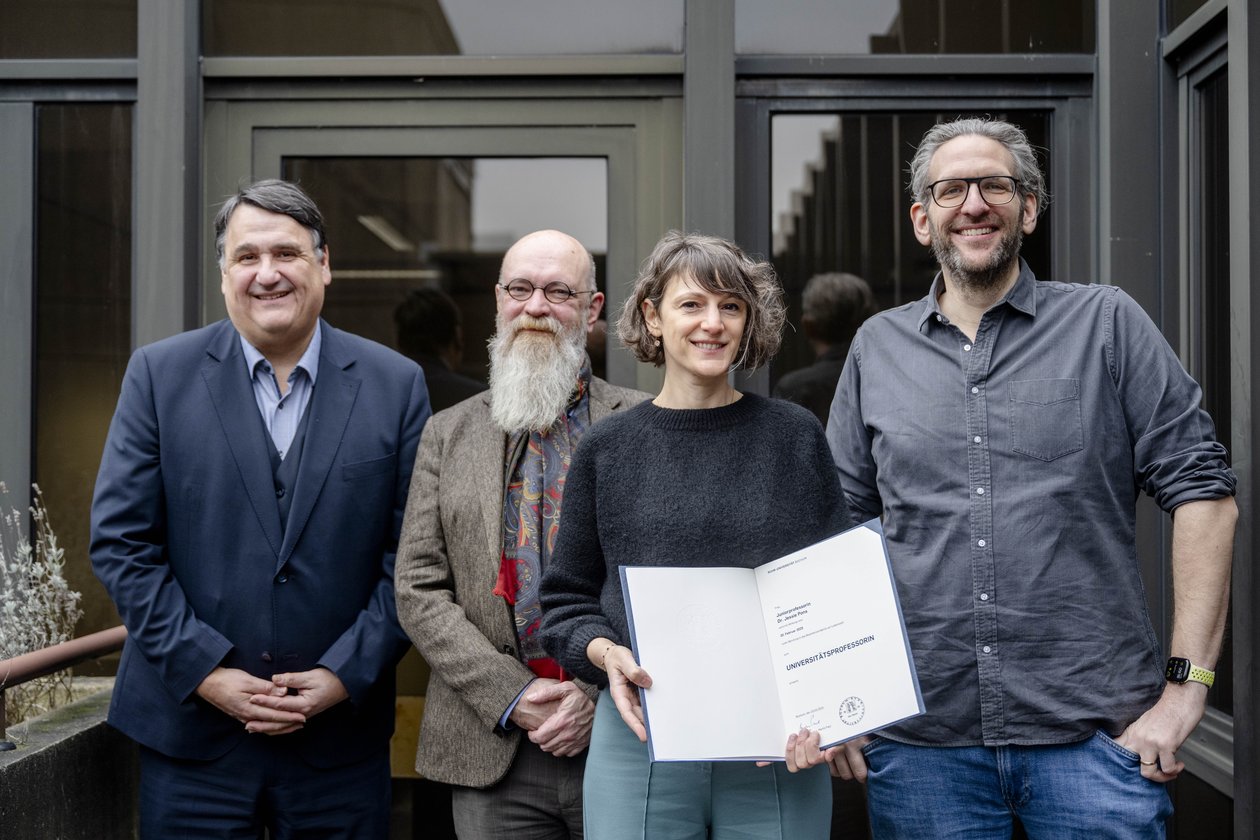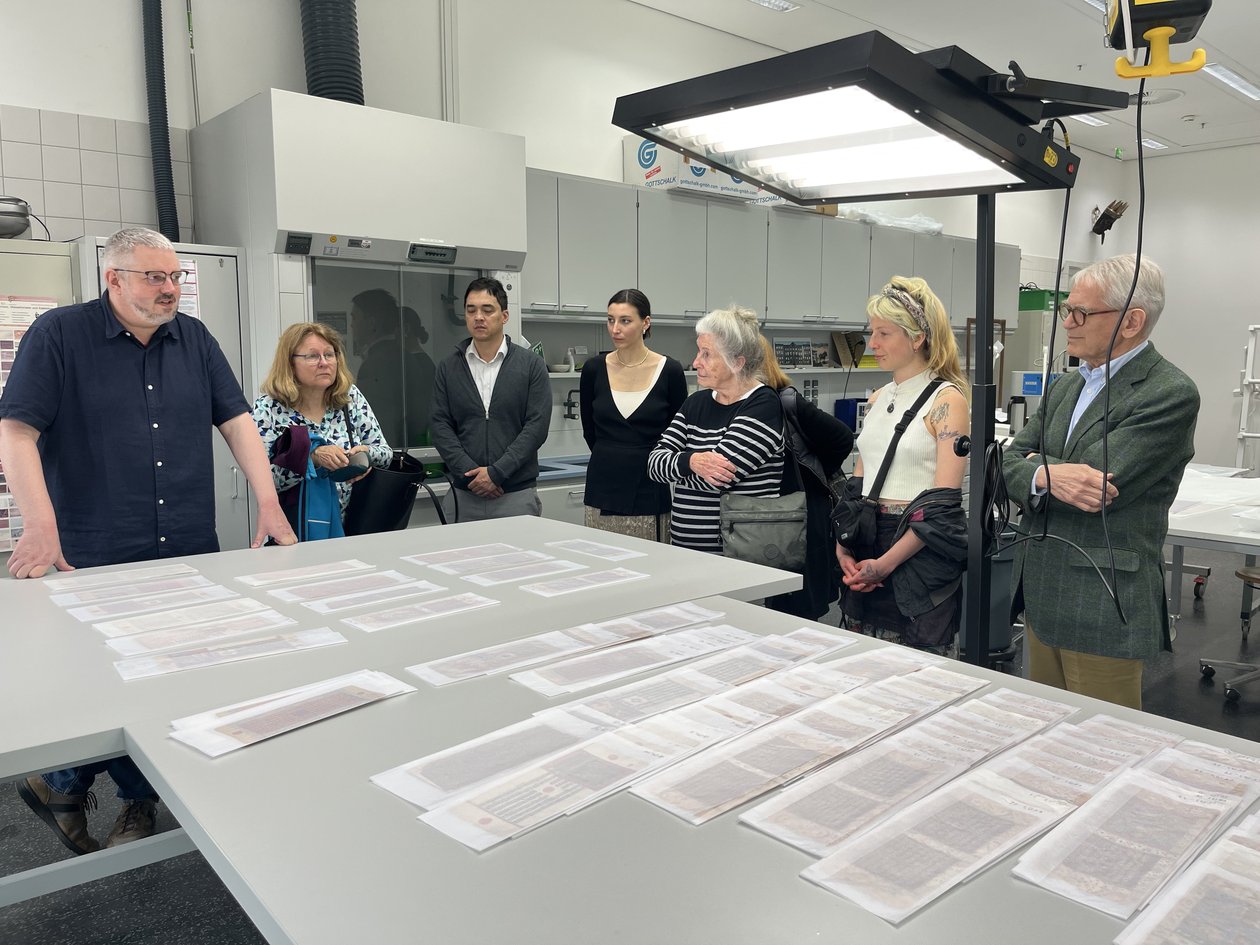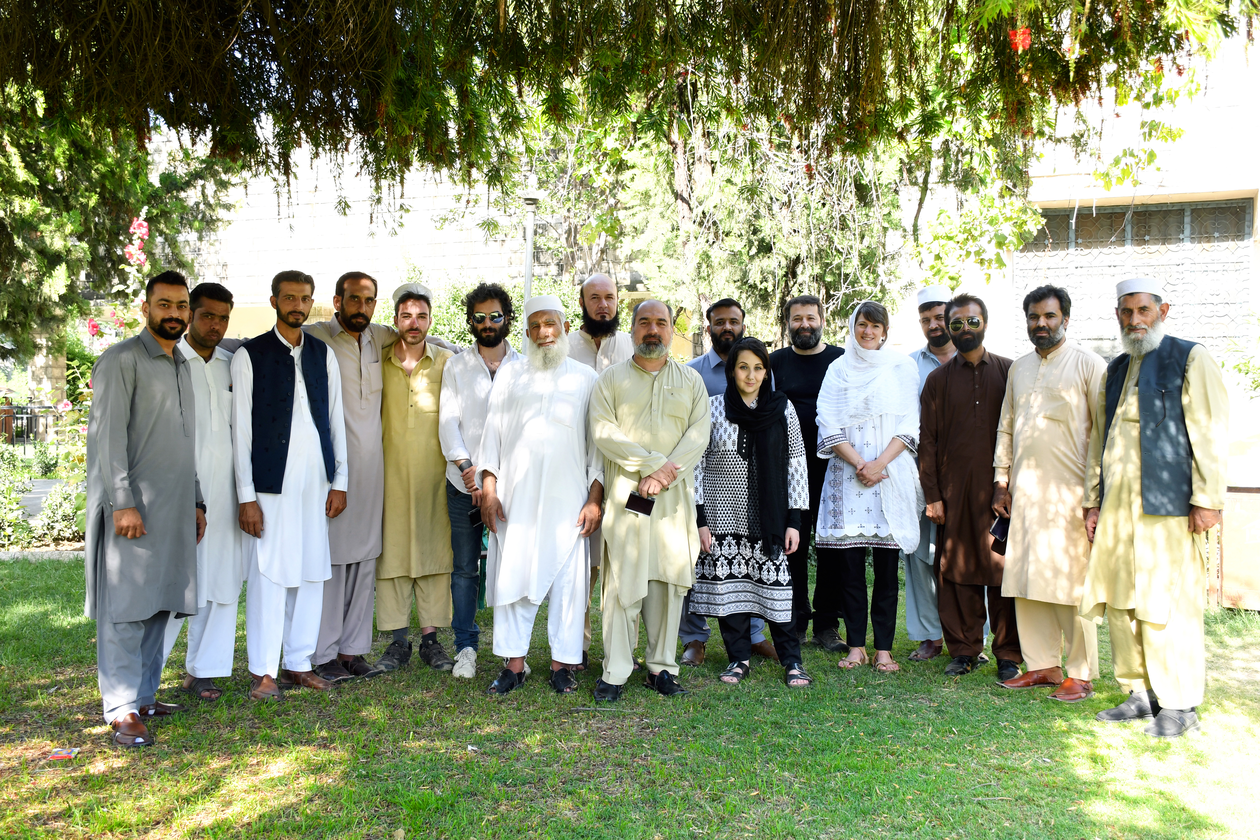
South Asia

History of South Asian Religions
The study of South Asia at CERES encompasses a wide array of subjects. Ranging from early Buddhism in Gandhara to living Jain communities in the West, or the relationship between Christians, Muslims and Jews in Kerala, the spectrum of time periods, regions and religions covered is broad. Research on the rich landscape of religious traditions at CERES converges towards two key systematic foci: the relationship between religion and materiality on the one hand, and the encounter between religious traditions on the other. Thematically, the history of Buddhism in Gandhara and of Jainism have become privileged fields of inquiry. CERES hosts several projects dedicated to these fields, gathering a unique expertise, and making it a key institute for research on the material culture from Gandhara and Jainism in both historical and contemporary periods.
Religion and Materiality
Buildings, books, sculptures, pilgrimage sites, music, performances, social networks, all are material and immaterial objects entangled in religious practices and belief-systems. Their role in religious experience and the communication thereof is manifold. They may be perceived as manifestations of the transcendent, as visual expressions of religious semantics or as a medium facilitating communication between worldly and otherworldly spheres. They may foster the encounter between religious groups, allow negotiating religious identities or provide a forum for religious discourses. While the academic field of religion and media has gained increasing attention in the last decades, we reflect on the relationship between religion, material, and immaterial objects as a specifically South-Asian phenomenon.
Encounter between religious traditions
Continuing a long-standing experience in the study of the mutual permeation of religious traditions established through the KHK [https://khk.ceres.rub.de/], research on South Asia explores the dynamics of encounter, entanglement, and exchange between religious groups, may these be Buddhist, Hindu, Jain, Christian, Muslim, or Jewish. The encounter between these religious traditions is understood through a bottom-up approach deeply rooted into the analysis of case studies both in historical periods and in the contemporary world.
Gandhara
Located at the crossroads of Asia, the historical region of Gandhara was once a vibrant Buddhist centre. At CERES, we focus the material culture that centuries of archaeological research have uncovered to reconstruct the history of Buddhism in the region, and we examine the relevance of the Buddhist heritage in present-day Pakistan.

Jainism
Research on Jainism at CERES covers both historical and contemporary periods. It is particularly interested in the changes and transformations of traditions of Jains in the diaspora. It combines an Indological perspective with methods from the sociology of religion, art history and media studies.

Studying South Asian Religions

Explore the history of South Asian religions with us! Enrol for an introductory course on Hinduism, Buddhism and Jainism and stay to unravel their rich history from ancient to modern periods. Our expert lecturers combine philology and art history to create a vibrant learning space.
On offer in the WS2024/25:
-
Lecture “Religions along the Silk Road”: Link to the RUB course catalog
-
Seminar “Introduction to Hindu Religions”: Link to the RUB course catalog
-
Seminar “Religion and Heritage in South Asia”: Link to the RUB course catalog
-
Seminar/language exercise “Sanskrit I”: Link to the RUB course catalog
-
Seminar/Language Exercise “Sanskrit II”: Link to the RUB course catalog
Director and Coordination

Research Associates



PhD Candidates


Student assistants
Our Projects













